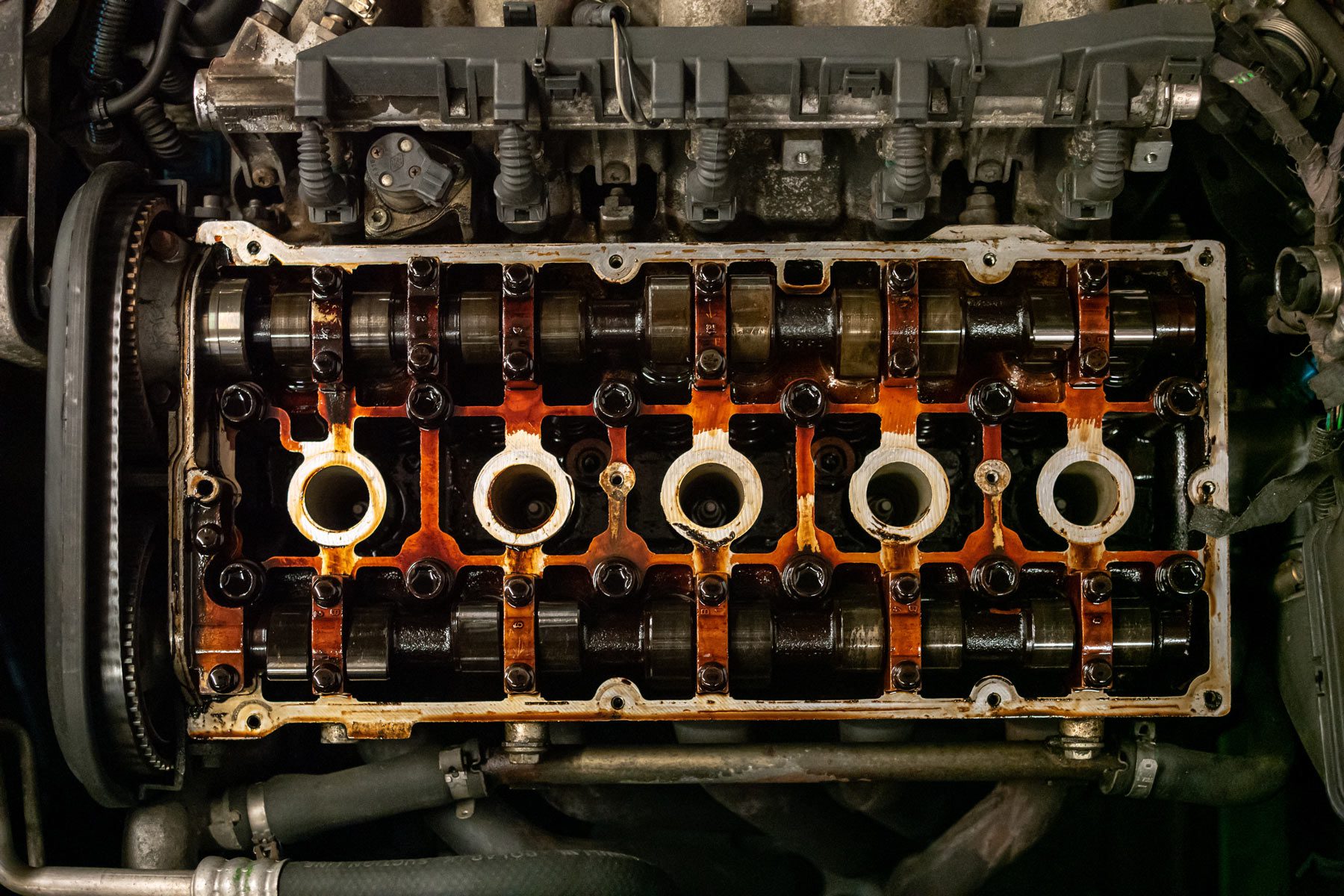Enhance Your Trip with a High-Quality Opel Corsa Engine
Enhance Your Trip with a High-Quality Opel Corsa Engine
Blog Article
Checking Out the Inner Operation of a Compact Lorry's Engine System
As motorists, we often consider provided the complex procedures that occur within the boundaries of our lorry's engine system. The compact yet complicated equipment that pushes us ahead is a marvel of design accuracy and sychronisation. From the controlled explosions in the combustion chamber to the meticulous timing of gas injection, every part plays a critical function in the smooth operation of the engine. In this exploration of a portable vehicle's engine system, we will certainly unwind the internal workings of this mechanical symphony, losing light on the mysteries that drive us onward on our everyday trips.
Burning Refine Review
The combustion procedure in a portable lorry's engine system is a critical mechanism that effectively converts gas right into energy to power the automobile. This procedure occurs within the combustion chamber of the engine, where fuel and air mix, fire up, and generate regulated surges. The combustion process includes 4 main stages: intake, exhaust, compression, and power.
During the consumption phase, the piston relocates downward, reeling in a mix of air and fuel right into the burning chamber. The next phase, compression, involves the piston moving upwards, pressing the air-fuel mix to boost its strength. Consequently, in the power stage, the ignition system fires up the compressed combination, leading to a fast expansion of gases that requires the piston pull back. This downward activity produces the power required to drive the automobile. Finally, in the exhaust phase, the scorched gases are gotten rid of from the combustion chamber via the exhaust shutoff, preparing the chamber for the next cycle. This cyclic burning procedure is essential to the operation of a compact car's engine system, making sure efficient power conversion for propulsion.
Piston and Cylinder Interaction

The piston's precise fit within the cyndrical tube is essential for keeping optimum compression and protecting against energy loss throughout burning. Tight clearances in between the piston and cylinder wall surfaces make sure reliable securing, enabling the piston to relocate smoothly without allowing gases to leakage past. Appropriate lubrication is likewise essential to decrease rubbing and put on between these parts, improving long life and performance.
Moreover, the style and materials utilized in making the piston and cyndrical tube effect engine effectiveness and durability. Modern engines typically use light-weight yet sturdy materials like aluminum alloys for pistons and cylinder linings to lower inertia imp source and improve thermal performance. In general, the unified communication between the piston and cylinder is basic to the engine's functionality and total efficiency.
Gas Injection System Functionality
Gas shot systems in small car engines play a critical duty in precisely supplying gas to the combustion chamber for regulated and effective ignition. The fuel injection system operates by injecting gas into the combustion chamber at the optimal minute throughout the engine's procedure (opel corsa engine). This accurate timing makes certain that the fuel mixes equally with the air for appropriate burning, causing improved fuel performance and lowered exhausts
There are primarily 2 sorts of gas shot systems utilized in portable lorry engines: port fuel injection (PFI) and direct fuel shot (DFI) PFI systems infuse gas right into the intake port before the intake valve, while DFI systems inject gas directly into the combustion chamber. Both systems have their advantages, with DFI offering much better fuel atomization and PFI offering a much more affordable remedy.
Understanding Engine Air Conditioning Systems
Reliable operation of a compact lorry's engine counts heavily on the effectiveness of its cooling systems. Engine cooling is vital to prevent getting too hot, which can result in serious damage and reduced performance. The air conditioning system in a portable automobile normally contains a number of elements collaborating to control the engine temperature. One essential part is the radiator, which makes use of coolant to soak up warmth from the engine. As the hot coolant flows through the radiator, it releases warm right into the air, cooling down prior to going back to the engine. The water pump distributes the coolant via the engine and radiator, making certain a constant flow to control temperature level. Furthermore, the thermostat helps regulate the coolant flow to keep ideal engine temperature level. Some vehicles likewise have cooling down followers that turn on when extra cooling is required, such as during hefty traffic or heat. Comprehending these engine cooling systems is essential for keeping the efficiency and longevity of a portable lorry's engine system.

Exhaust System Parts Explained
The optimal performance of a portable vehicle's engine air conditioning mechanisms depends upon a complementary system recognized as the exhaust system, which makes up different vital parts for guaranteeing effective emissions and engine efficiency. The exhaust system consists of elements such as the exhaust manifold, catalytic converter, muffler, and tailpipe. The exhaust manifold accumulates exhaust gases from the engine's routes and cylinders them to the catalytic converter. The catalytic converter after that transforms damaging pollutants in the exhaust into less harmful discharges prior to releasing them via the muffler and tailpipe.
One vital component of the exhaust system is look at more info the oxygen sensor, which checks the oxygen degrees in the exhaust gases to aid regulate fuel consumption and ensure optimum engine performance. opel corsa engine. In addition, the resonator might exist in some exhaust systems to lower noise levels. Overall, the exhaust system plays a vital role in preserving engine effectiveness, decreasing damaging discharges, and ensuring a quieter driving experience for small automobile owners

Verdict
In final thought, the portable lorry's engine system is a complicated mix of elements that interact to assist in the burning procedure, transform fuel right into energy, and expel waste gases. Understanding the inner workings of the engine system, consisting of the piston and cyndrical tube interaction, gas injection system, engine air conditioning mechanisms, and exhaust system elements, is essential for preserving ideal performance and effectiveness of the automobile.
The burning process in a compact lorry's engine system is a critical system that efficiently converts fuel right into power to power the vehicle.Gas shot systems in small automobile engines play an important find more information function in exactly providing fuel to the burning chamber for efficient and regulated ignition.There are largely 2 kinds of gas injection systems used in compact car engines: port fuel shot (PFI) and direct fuel shot (DFI) Recognizing these engine cooling systems is essential for maintaining the efficiency and durability of a portable vehicle's engine system.
The optimum functioning of a compact lorry's engine cooling systems depends on a corresponding system understood as the exhaust system, which comprises numerous important parts for making certain effective emissions and engine efficiency.
Report this page